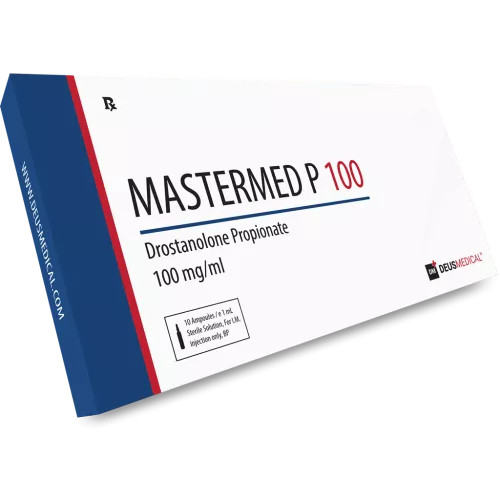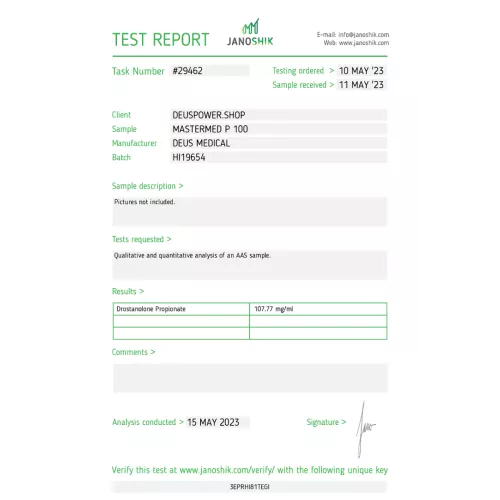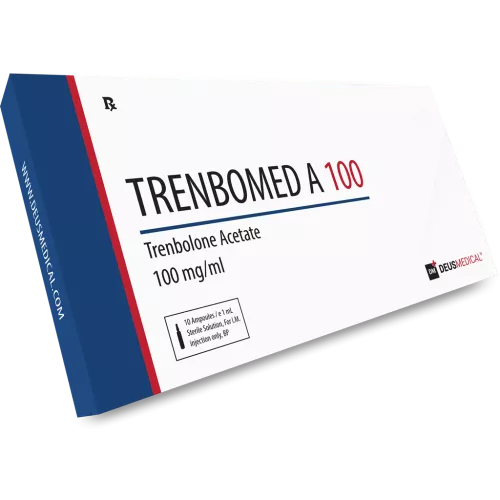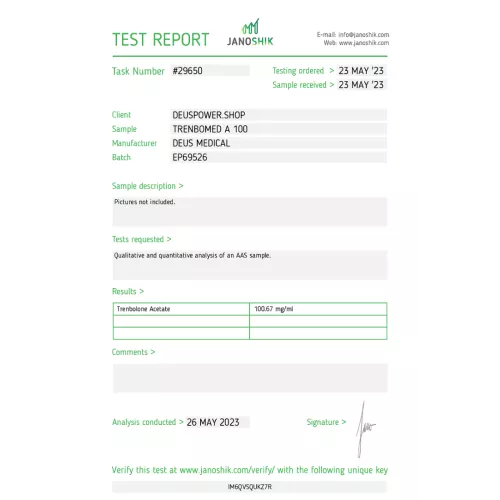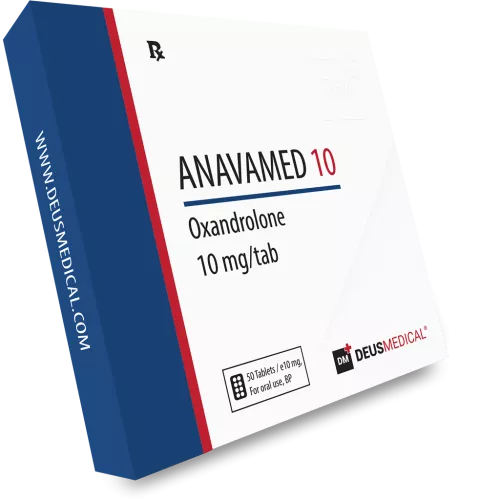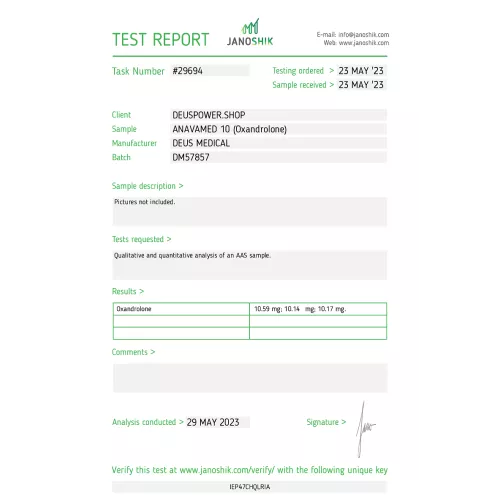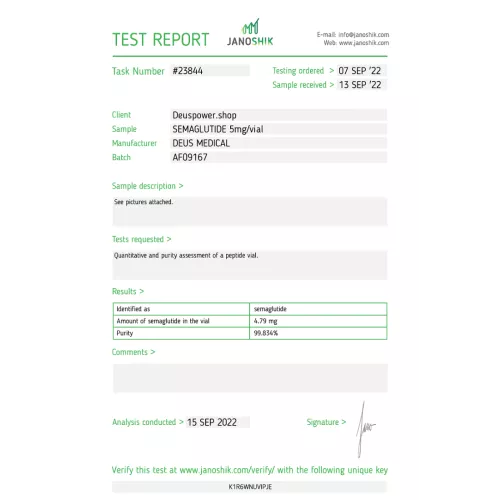22 Feb
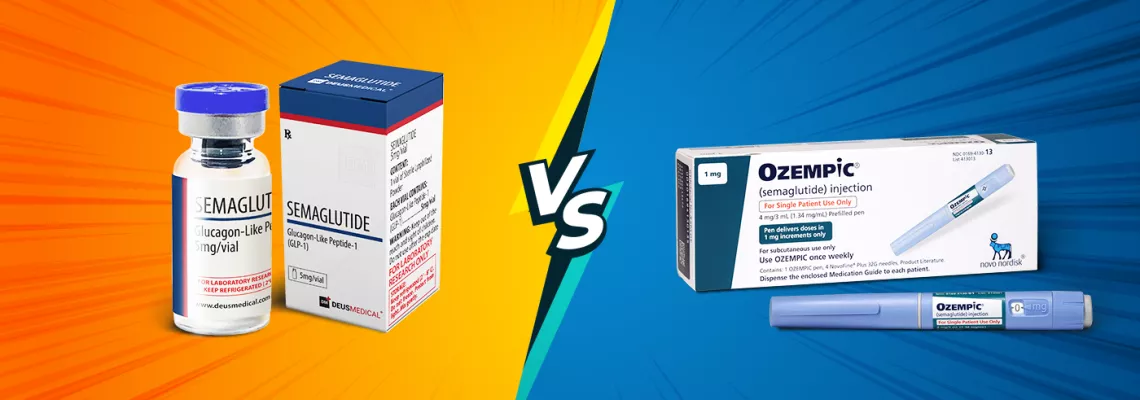

SEMAGLUTIDE (Glucagon-Like Peptide-1 (GLP-1))
Introduction
Semaglutide is a medication that belongs to a class of drugs called glucagon-like peptide-1 receptor agonists, which are used to treat type 2 diabetes. It works by mimicking the effects of a hormone called GLP-1, which is naturally produced by the body in response to food intake, and helps to regulate blood sugar levels by increasing insulin secretion, slowing down stomach emptying, and reducing appetite. Semaglutide is administered as an injection once a week and can be used alone or in combination with other diabetes medications, depending on the individual's needs.
How it works
Glucagon-like peptide-1 (GLP-1): Acts as a neuropeptide and incretin. Its physiological function is to stimulate insulin production and decrease glucagon production, and it is secreted by the intestine, alpha cells of the pancreas, and the central nervous system.
The main mechanism of operation is the suppression of hunger, that is, they do not have a magical effect on fat loss, they simply make you eat less because you will have less appetite (at a very noticeable level), with the consequent loss of weight and for Therefore, being a very useful ally during a cutting stage if we use it at the same time as other ergogenic aids.
Comparison
Semaglutide (and other GLP-1 analogues such as Liraglutide, Dulaglutide, Exenatide, Lixisenatide, or Albiglutide) have become quite popular within the world of weight loss bodybuilding.
Semaglutide, compared to other analogues, shows superior effectiveness on weight loss (remember, simply by suppressing appetite). Likewise, Semaglutide seems to be superior to the rest of the GLP-1 analogues, hence its greater popularity:
“Conclusions: Semaglutide improved the control of blood glucose and body weight. The capacity of long-term glycemic control and body weight control of semaglutide appears to be more effective than other GLP-1 RAs, including liraglutide. However, considering the number of included studies and potential limitations, more large-scale, head-to-head, well-designed randomized-controlled trials (RCTs) are needed to confirm these findings.”
Side effects
The most common side effects are:
- Nausea.
- Vomiting.
- Diarrhea.
The frequency of these side effects will depend on the dose used, for example some versions of the same GLP-1 analogue require different doses because they have a different route of administration, for example Rybelsus being oral will require more doses to be used. effective and therefore will have a greater number of side effects.
Protocol:
The administration will only be once a week.
Weeks 1 to 4: 0.25mg
Weeks 5 to 8: 0.5mg
Weeks 9 to 12: 1mg
Weeks 13 to 16: 1.7mg
Week 17 onwards: 2.4mg
How to use it with other PEDs
Since the goal of using Semaglutide is weight loss through hunger suppression, it will be used during a cutting cycle.
Although thyroid medications are very common (and useful) in a cutting cycle, care must be taken when combining them with thyroid medications, as Semaglutide increase their blood concentration.
Any PED that directly helps you lose fat in a caloric deficit and/or maintain lean mass will be helpful.
For example, a testosterone base will always be useful, orals such as Oxandrolone which have been shown to directly aid fat loss while helping to preserve lean mass will also be an option to consider, Trenbolone due to its effects on fat loss and lean mass gain (being very useful for recomposition) can be very effective, finally injectables with a high androgenic profile such as Masteron will also help to promote direct fat loss.

